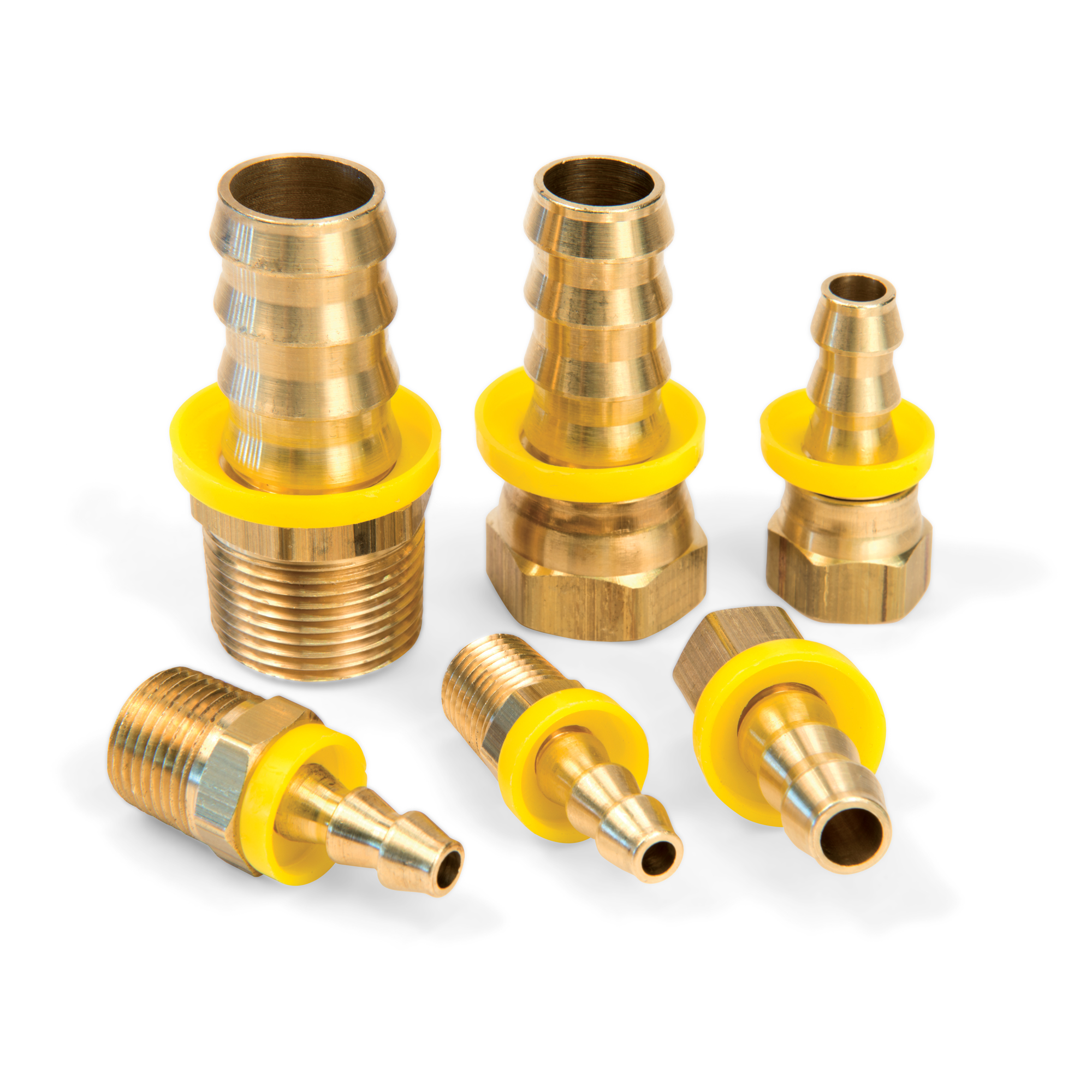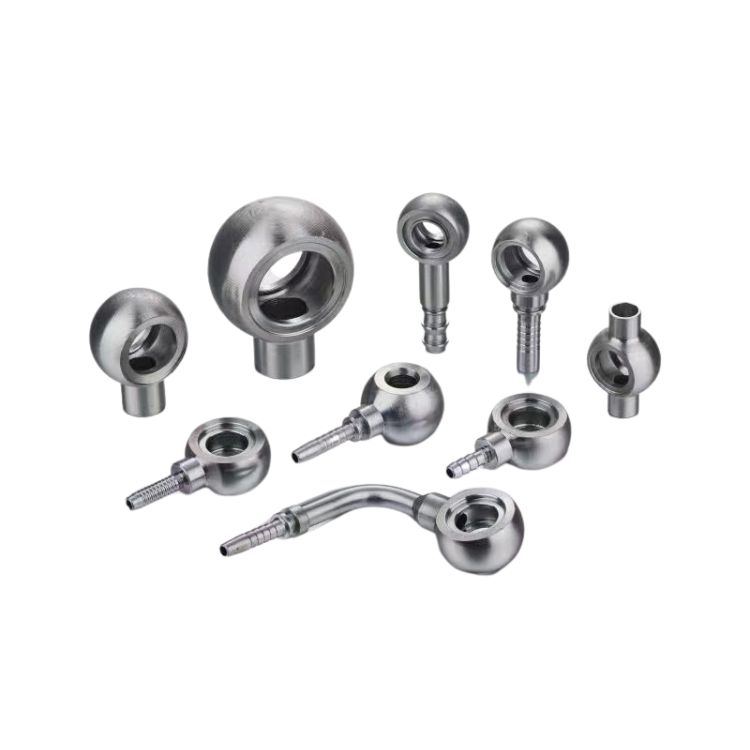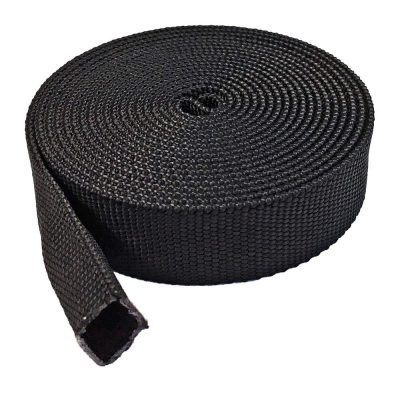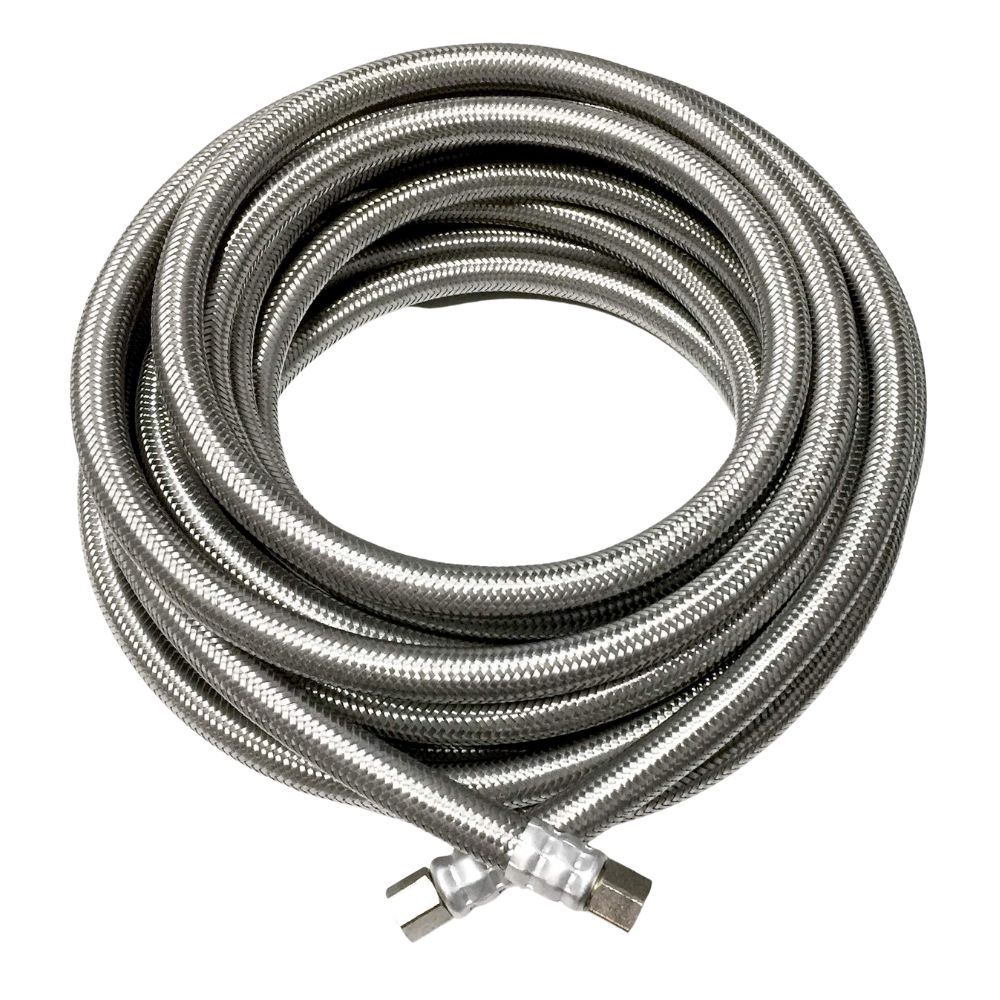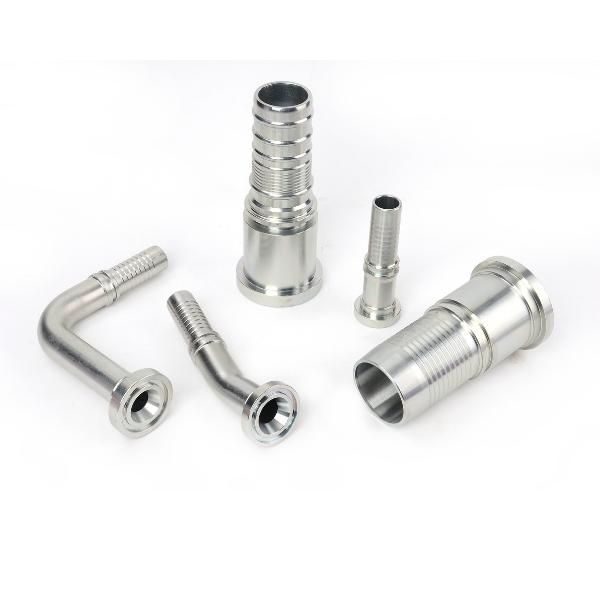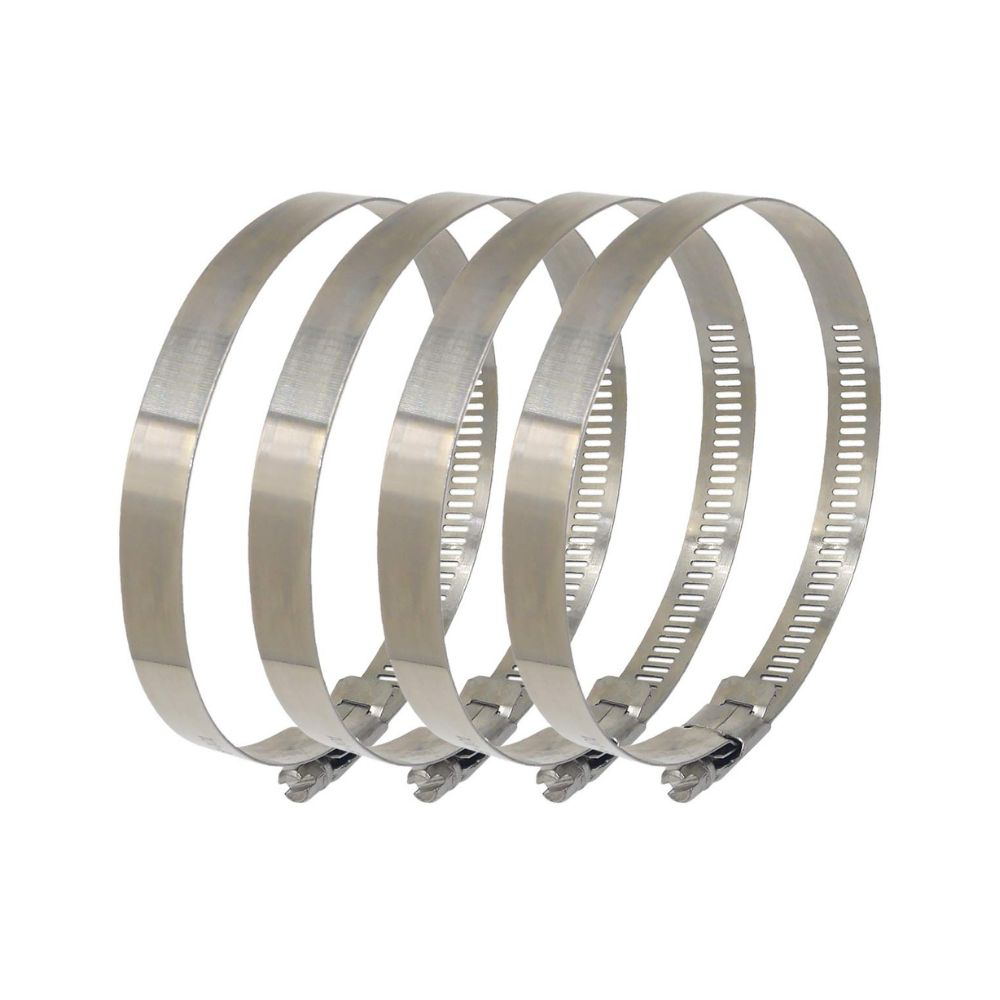Compatible O-ring manufacturer in China
O-rings are round seals and they create a mechanical seal between objects to prevent leakage of liquids and gases. Topa offers O-Rings in various materials with high quality and competitive price, if you have any needs or questions, please contact us.
Product List
There are many different types of O-ring materials, and these O-rings can also correspond to different use environments respectively. The most common types of O-rings are rubber O-rings, silicone O-rings, neoprene O-rings, HNBR O-rings, NBR O-rings and so on.
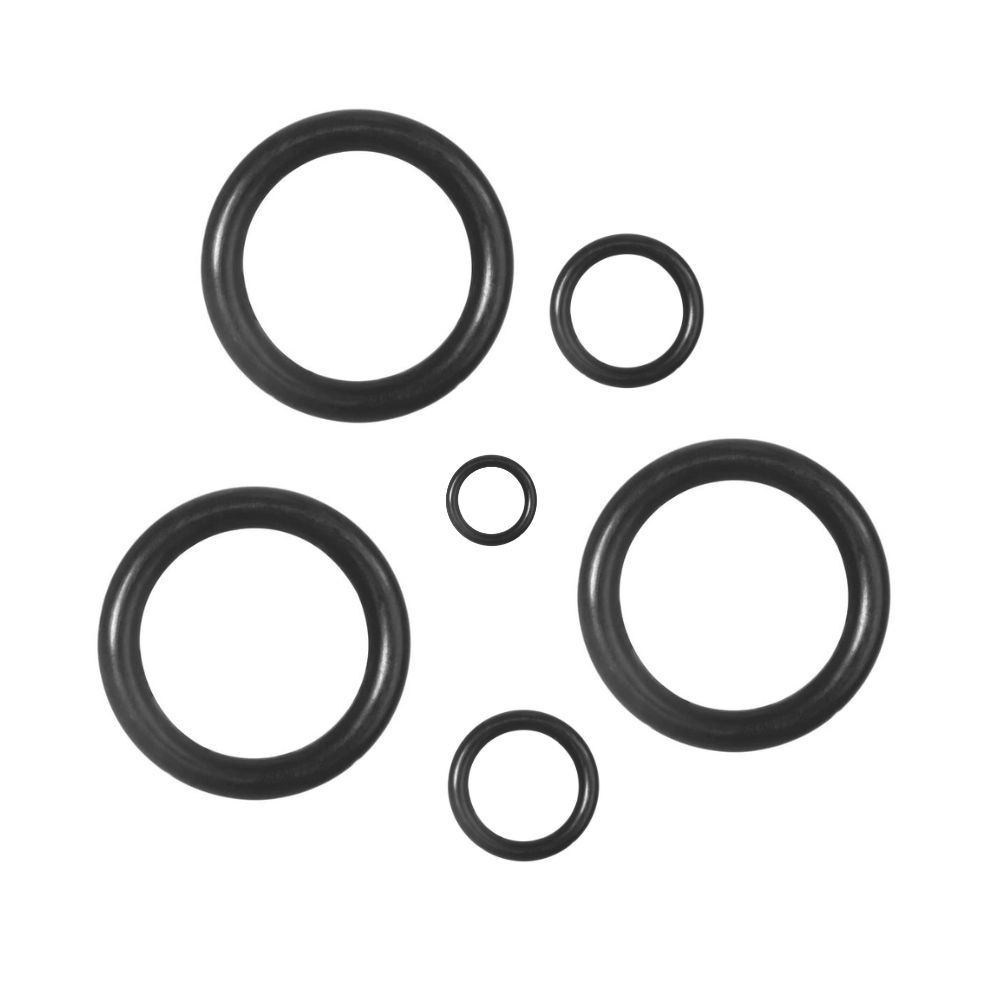
ALFAS O-ring
Aflas O-ring, also known as TFE/P rubber O-ring. It can work in high temperature, corrosive environments.
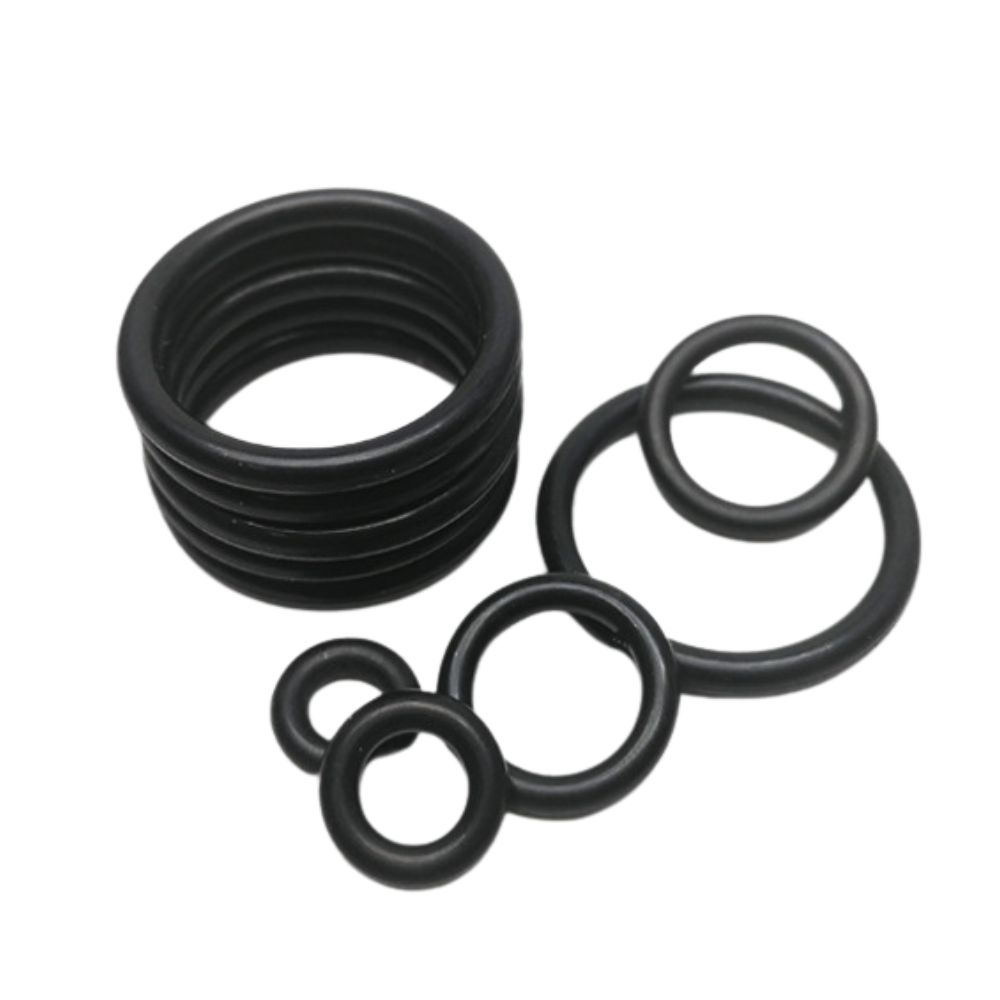
EPDM O-ring
EPDM O-rings, also known as ethylene-propylene O-rings, have low temperature and chemical resistance.
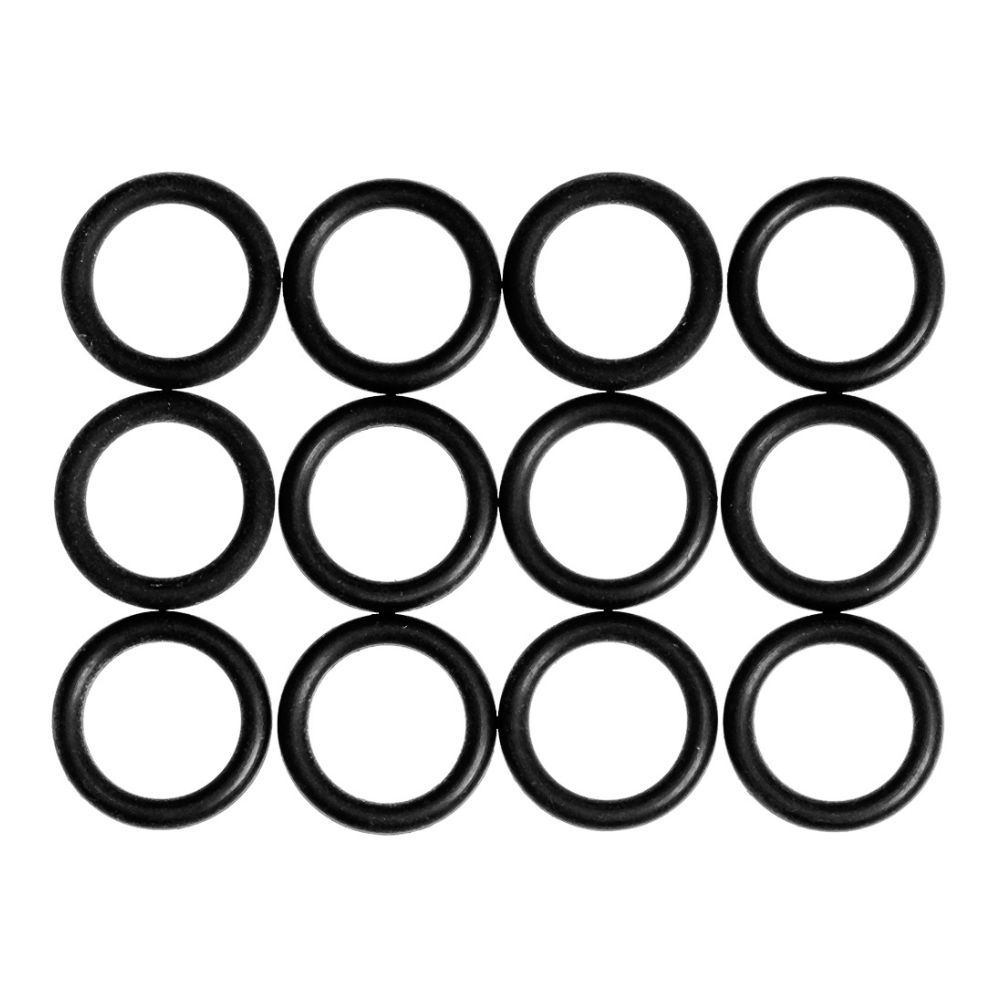
Viton O-rings
Viton O-rings are resistant to chemicals and high temperatures, and can be used in automotive and aircraft applications.
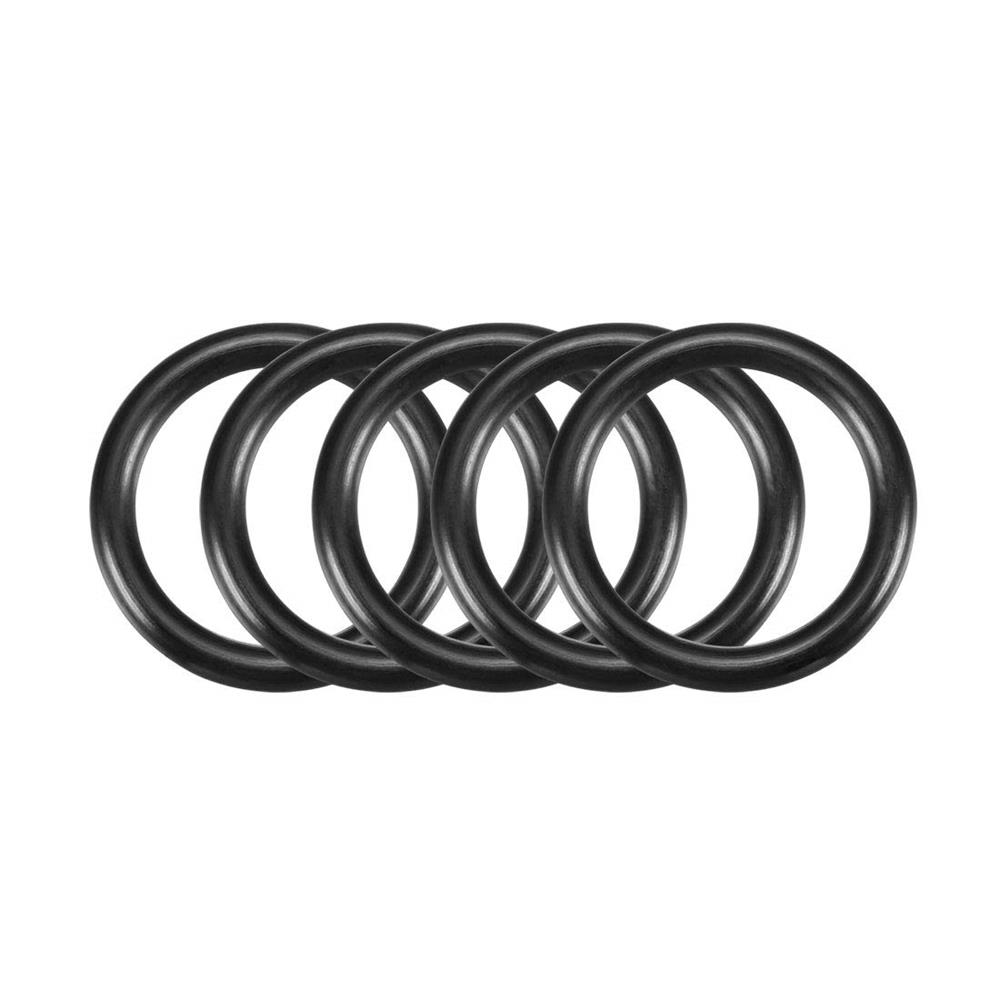
Nitrile O-ring
Nitrile O-ring, also known as Buna-N o-ring, is one of the most commonly used O-rings.
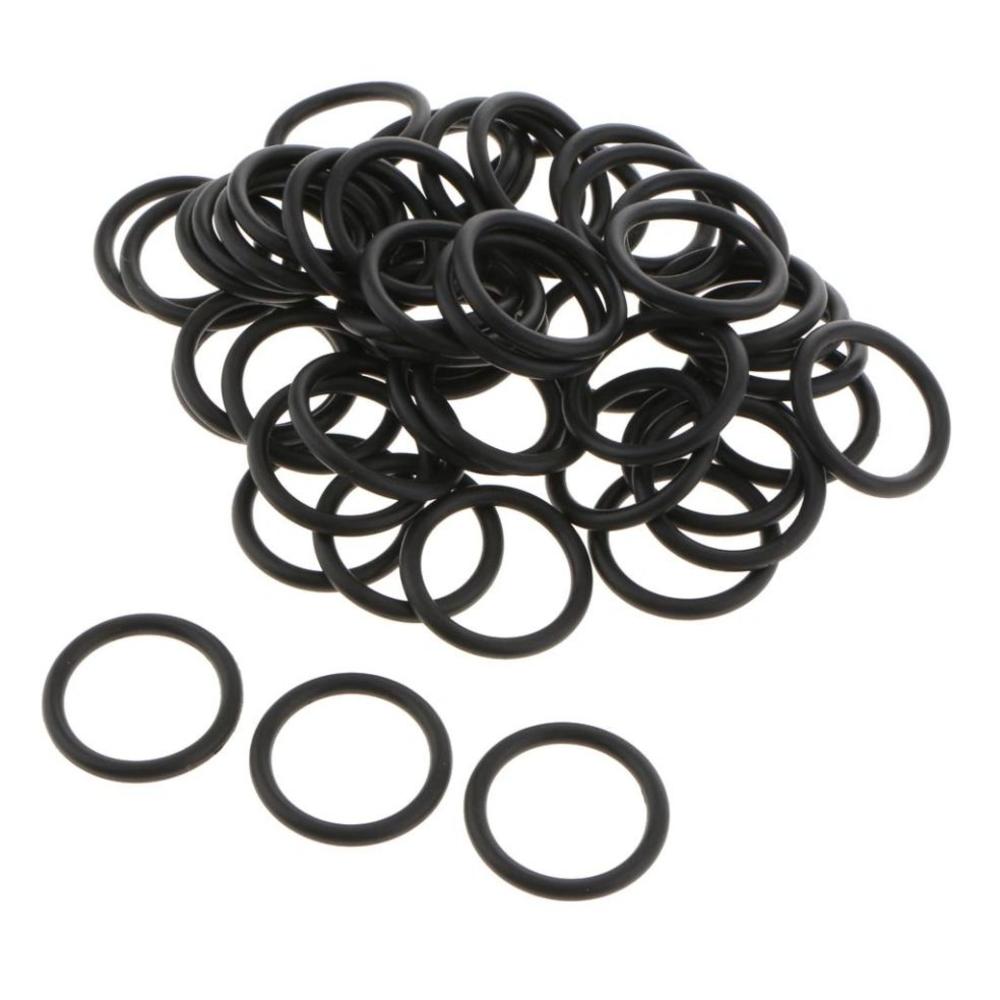
FKM/FFKM O-ring
FFKM O-Rings can withstand very high temperatures and are chemically resistant. They are often used in demanding applications.
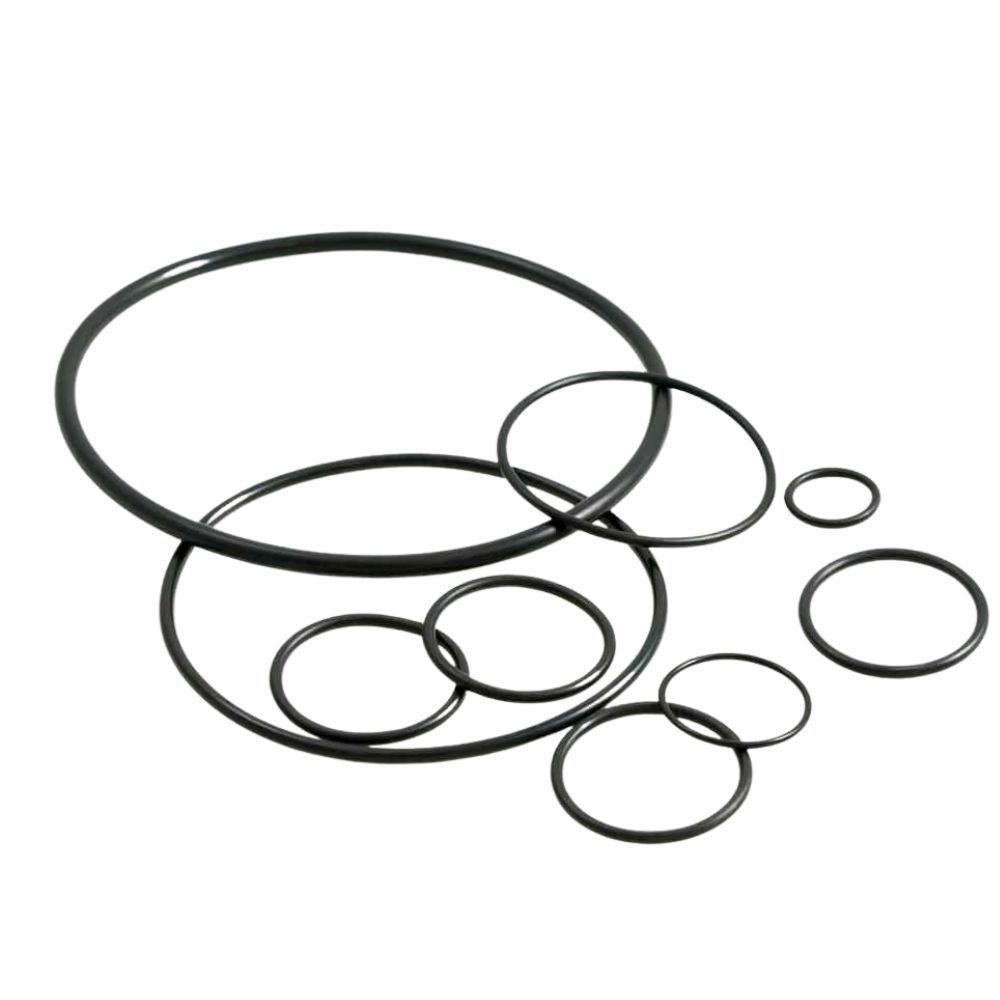
Neoprene O-rings
Neoprene round O-rings have PTFE coating, so they have anti-friction properties. And they are also heat resistant.
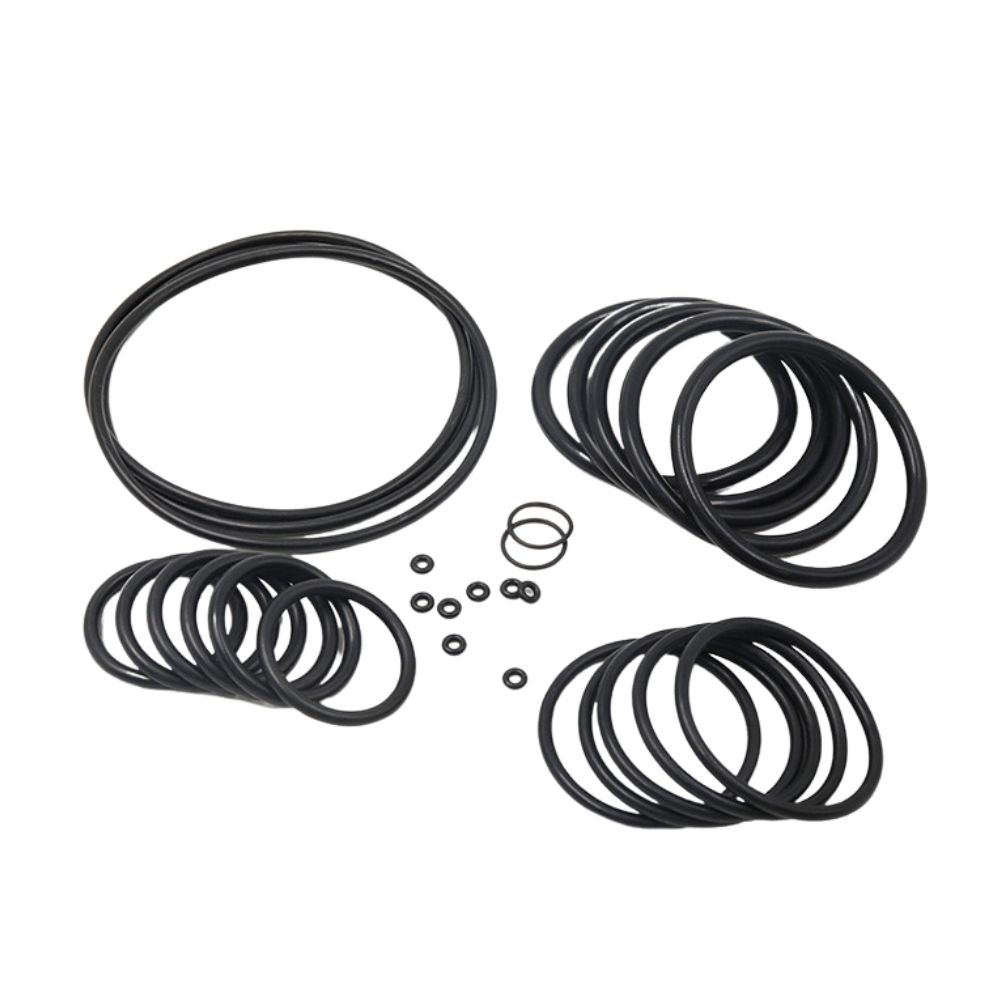
Rubber O-ring
Rubber O-rings are the most common type of O-ring that creates a seal and prevents leakage.
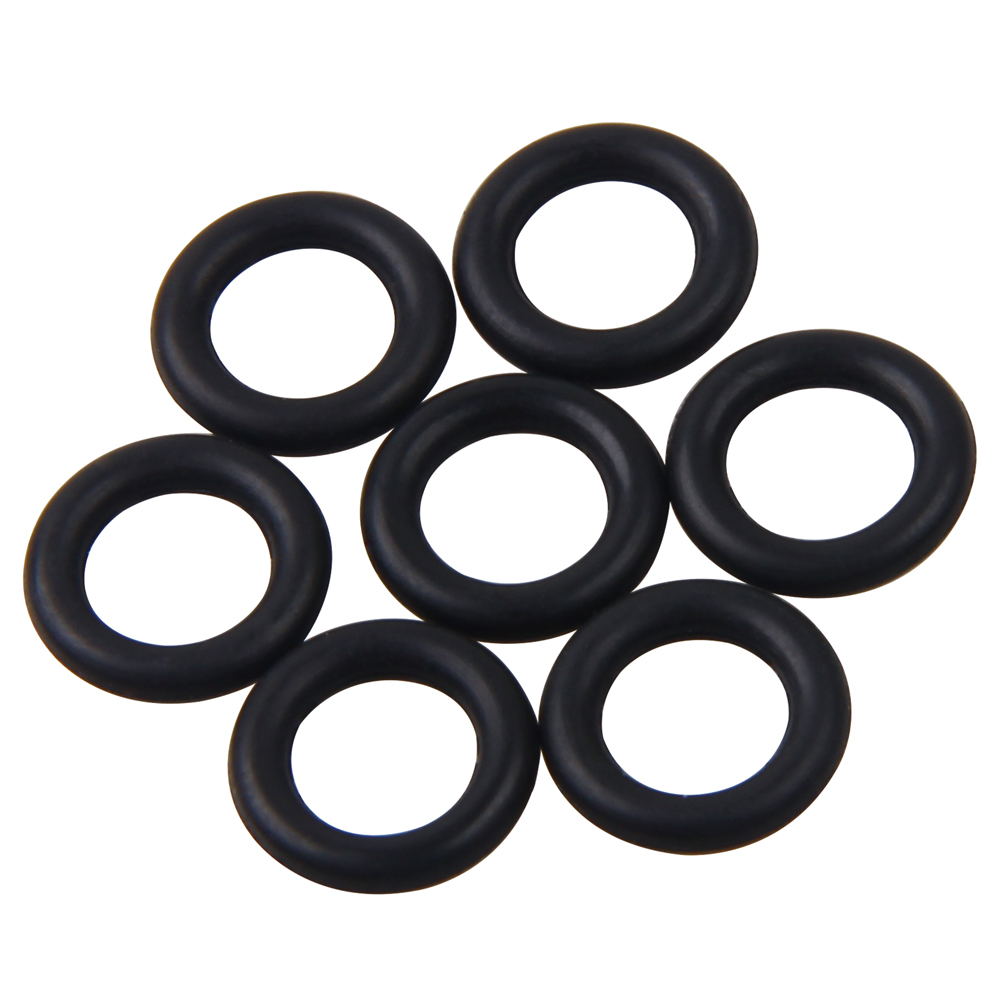
Fishing O-rings
Fishing O-rings are used to place on the hook to reduce the chance of the bait coming off the hook.
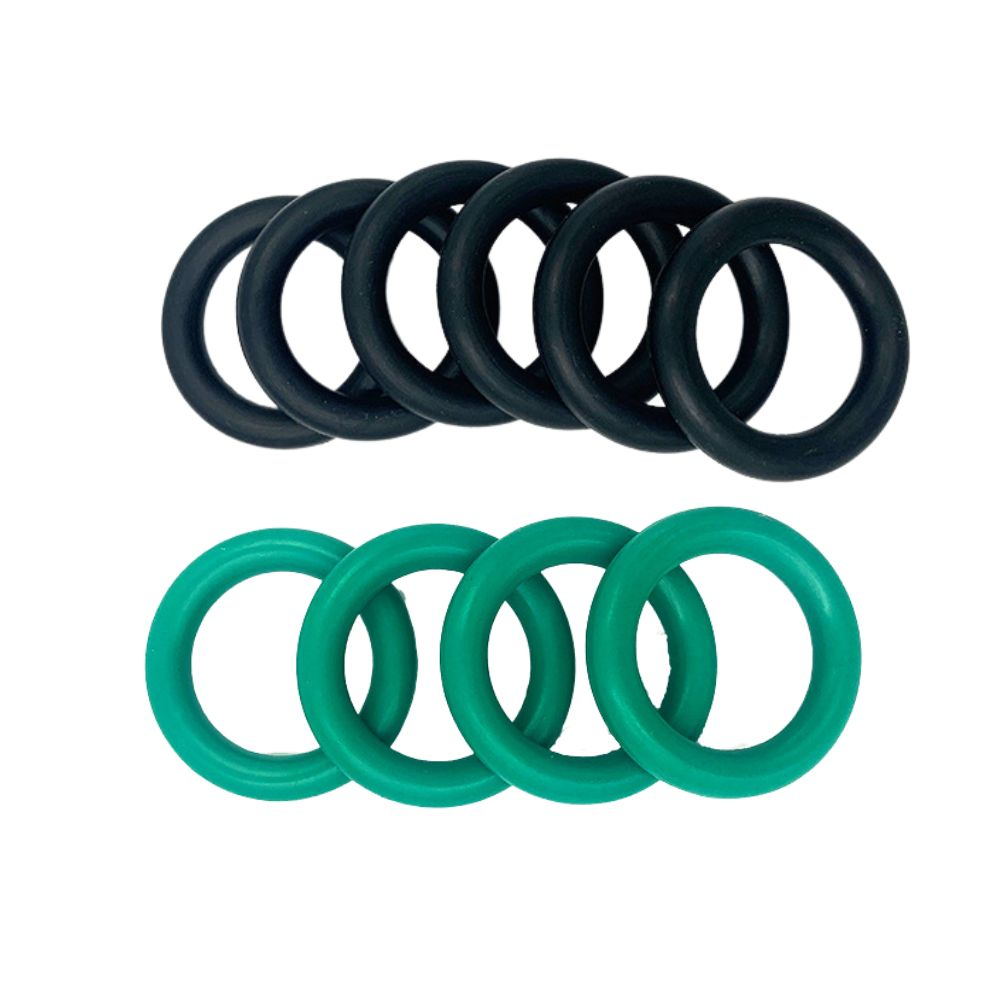
NBR O-ring
NBR O-rings are resistant to lubricants and petroleum-based fuels and are relatively inexpensive.
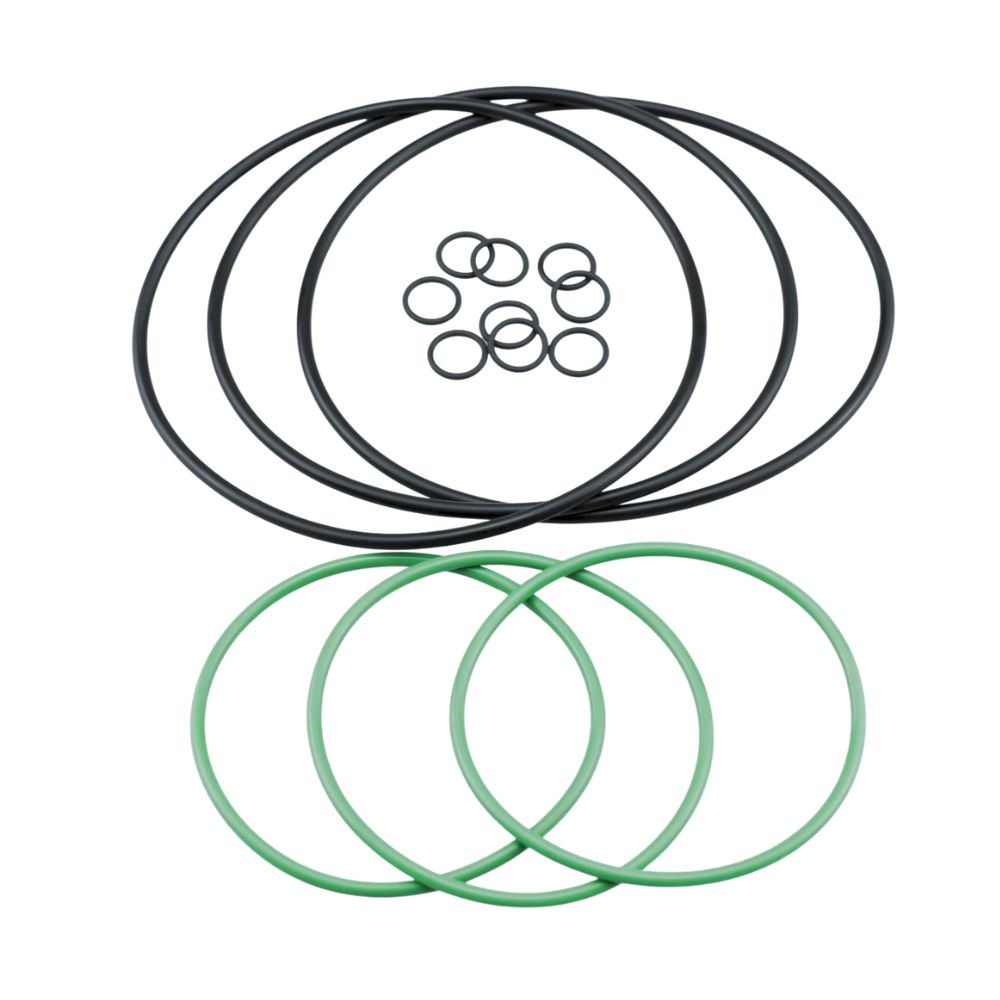
HNBR O-rings
HNBR O-Rings are heat, ozone and chemical resistant. It is best used in petroleum-based oils and fuels, vegetable oils, silicone oils and other solutions.
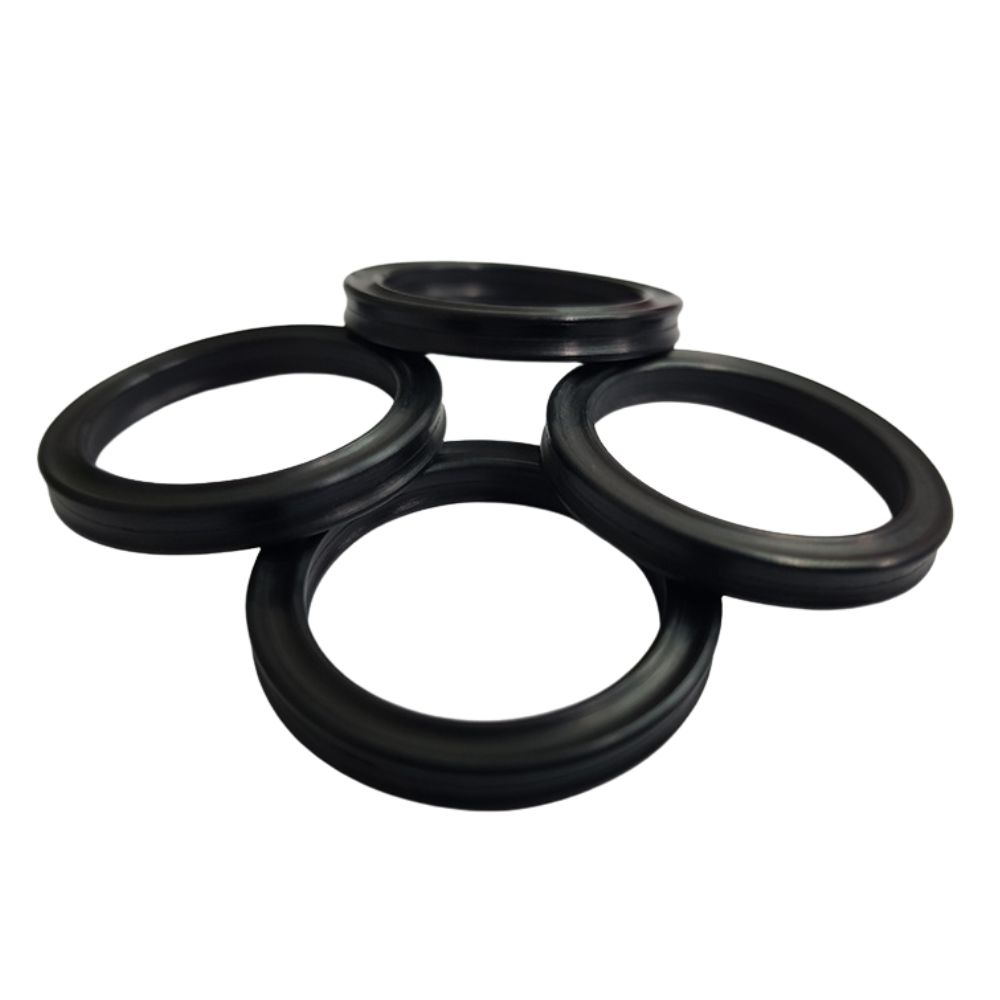
X-ring
The performance of X-ring is better than O-ring, it has stronger sealing and better abrasion resistance.
Fluorosilicone O-ring
Fluorosilicone O-rings are stable, chemically resistant and high temperature resistant for use in static applications.
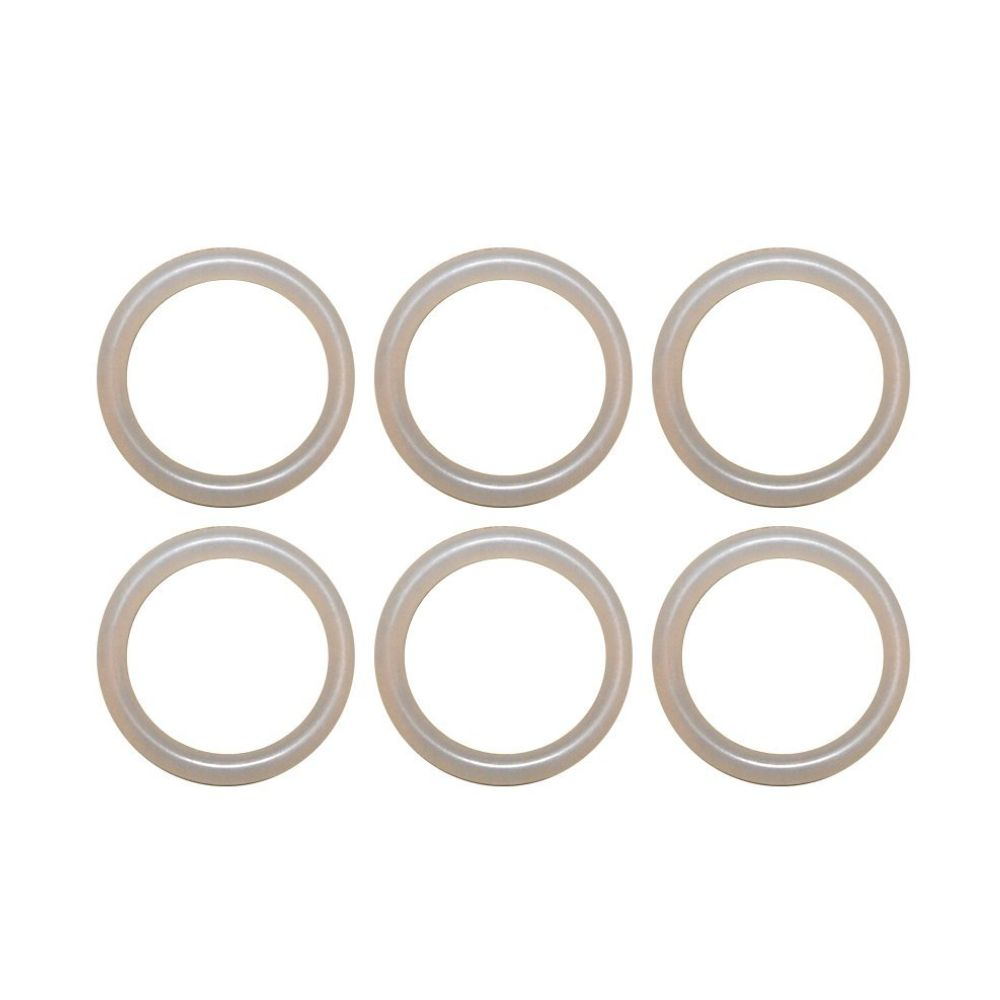
Urethane O-rings
Urethane o rings are a popular seal that can be used in many applications.
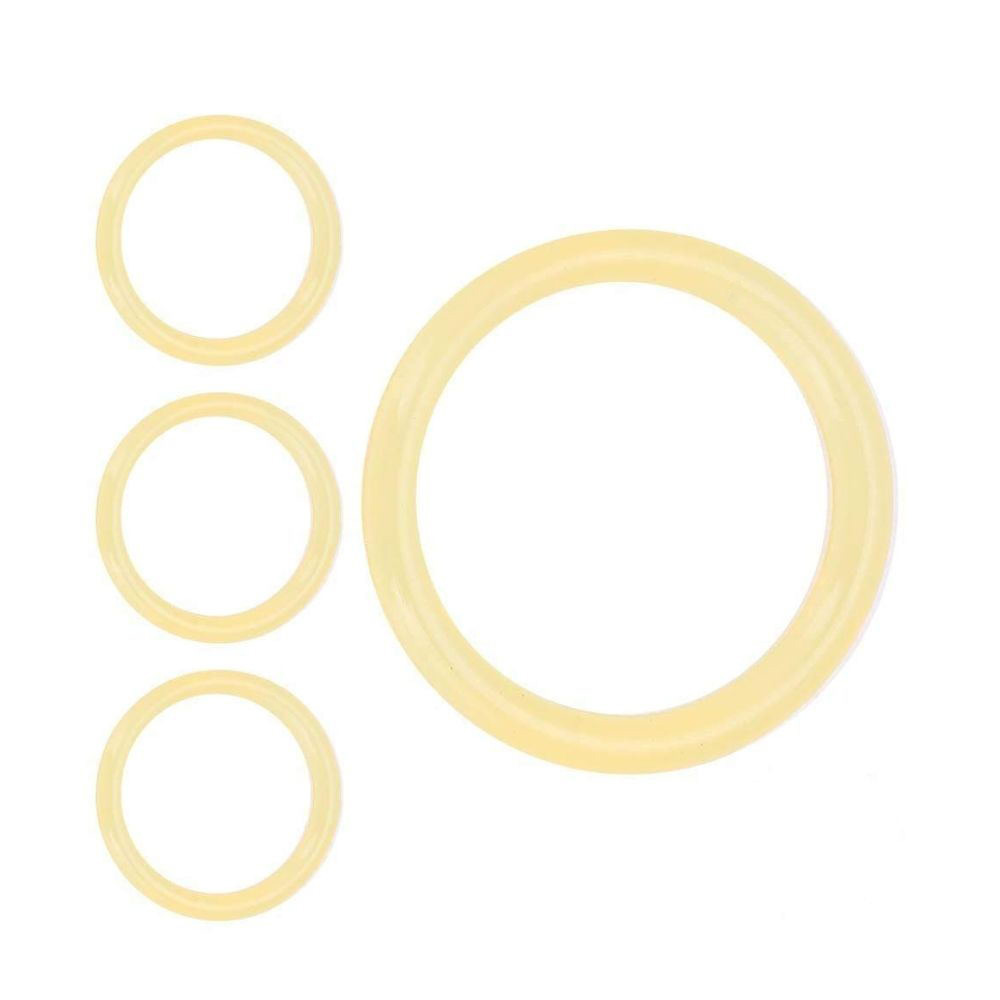
Polyurethane O-ring
Polyurethane O-rings are a popular seal that can be used in many applications.
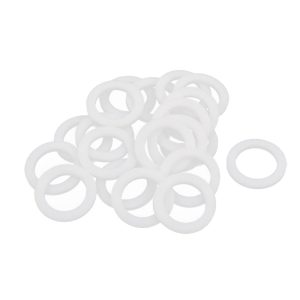
Teflon O-rings
Teflon O-rings are known as PTFE O-rings with chemical resistance, heat resistance, friction resistance and non-toxicity.
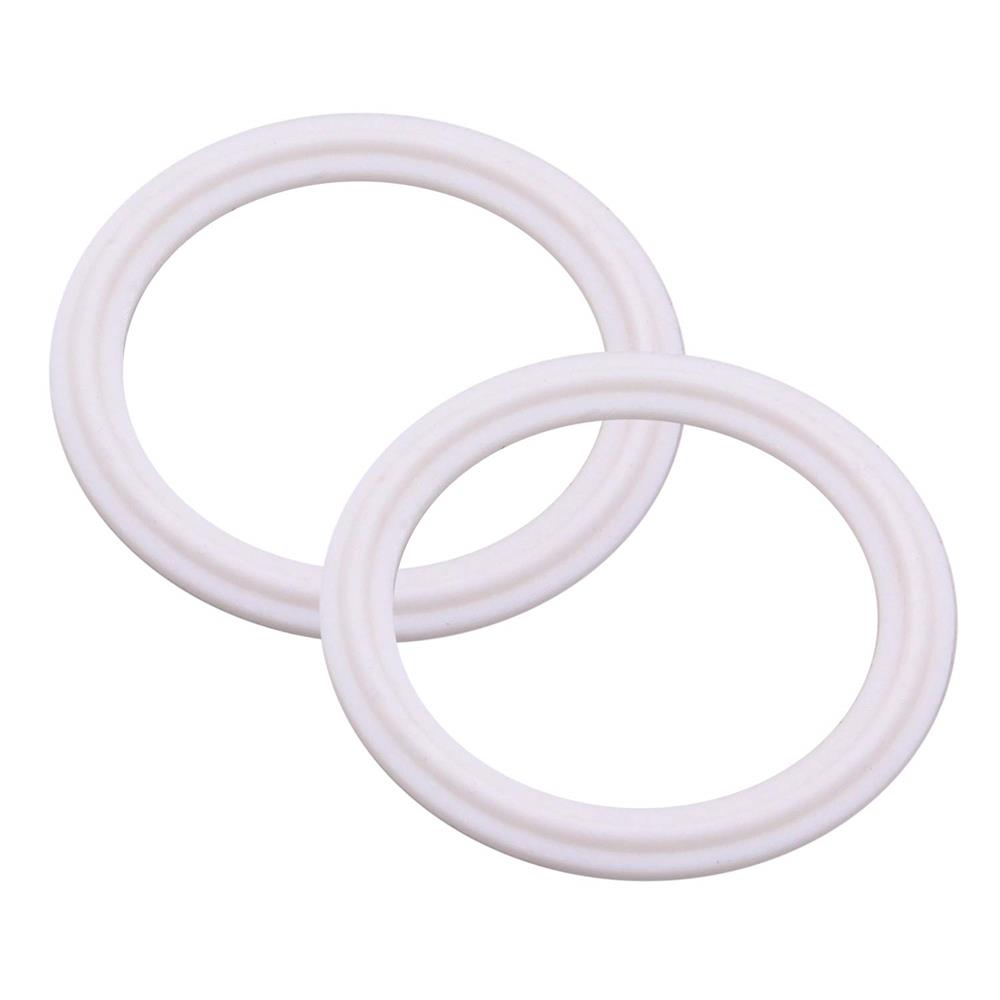
PTFE O-ring
PTFE O-rings are known as Teflon O-rings with chemical resistance, heat resistance, friction resistance and non-toxicity.
Silicone O-ring
Silicone O-rings are an outstanding type of O-ring that is versatile and can endure some extreme environments.
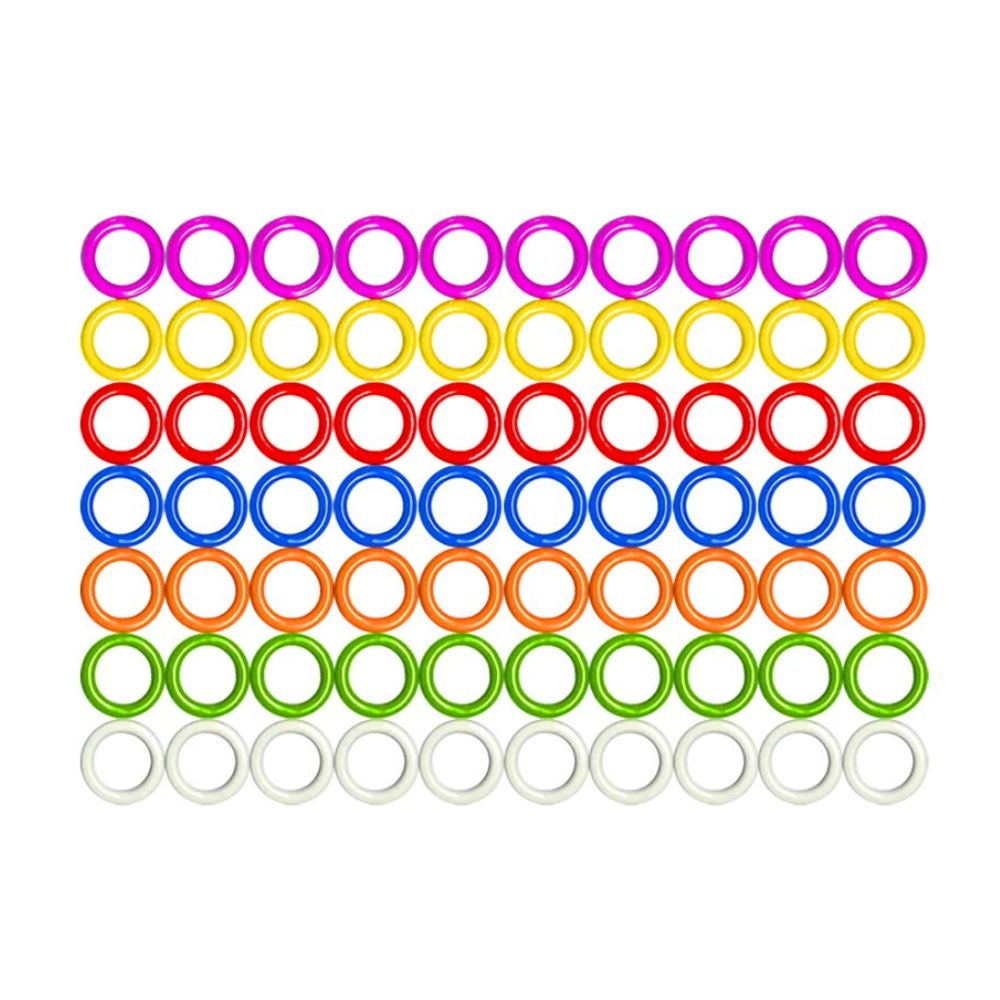
Colored O-ring
The colors of O-rings generally represent different roles and have different characteristics that can be used in different fields.
Topa O-ring video
The video above shows the details and types of O-rings in detail, please click to check. And if you still have questions, please contact us.
Topa manufacturer hydraulic fittings
We are hydraulic fittings manufacturer, and we provide all types of hydraulic fittings, so if you want to know more information, please feel free to contact us.
Your reliable O-ring manufacturer
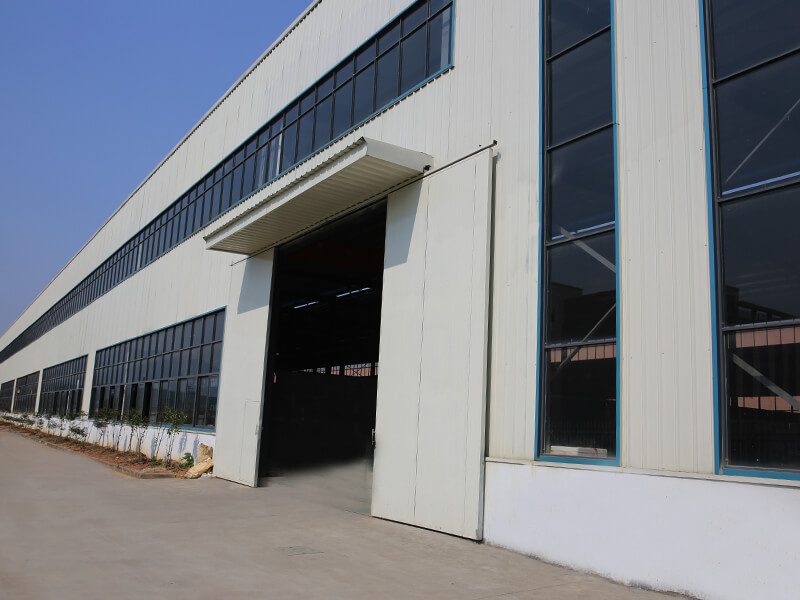
O-rings are round seals that form a seal on the surface of an object. there are many types of O-rings, such as nitrile O-rings, rubber O-rings, silicone O-rings, polyurethane O-rings, etc. Topa’s O-Rings are not only of excellent quality, but also at the right price, making them the best choice for you.
Topa O-Rings have many other advantages.
- Wear resistance
- High temperature resistance
- wide variety
- Durable
- Long service life
Why choose us
As a professional manufacturer and supplier of hydraulic products, Topa has a wide range of hydraulic fittings, hydraulic hoses, cylinders, O-rings, and some instruments. Our products can provide you with a comfortable experience, and you can ask questions about them, and we will do our best to solve them.
In addition, Topa can bring to every customer.
- Rigorous work attitude
Every Topa employee will answer your questions carefully and rigorously and try to solve your problems.
- Excellent product quality
Topa’s products are tested for quality and we are committed to providing high quality and affordable products.
3. Variety of choices
Topa’s products are available in a variety of styles to meet the needs of most customers.
4. Customized service
If you don’t find the product you want, you can contact us and submit your request, we will try our best to meet your requirements and provide you with customized service.
5. Perfect after-sales service
If you find any problem with the goods after arrival, please contact us as soon as possible, we will arrange special staff to arrange follow-up solutions for you.
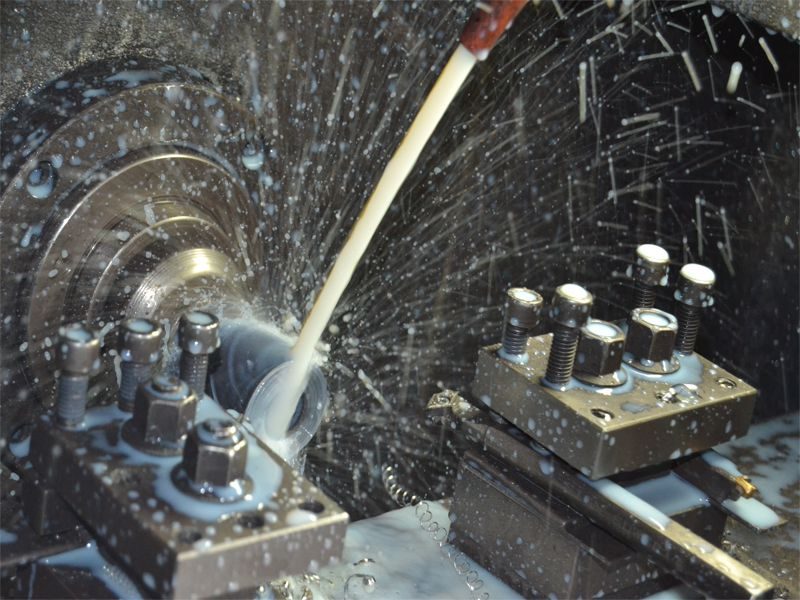
Application
Topa can provide different kinds of O-rings. O-rings can be placed in gas cylinders, pumps, connectors and other appliances for use and form a tight seal. So O-rings can be used in agriculture, industry, oil and gas, food and construction.
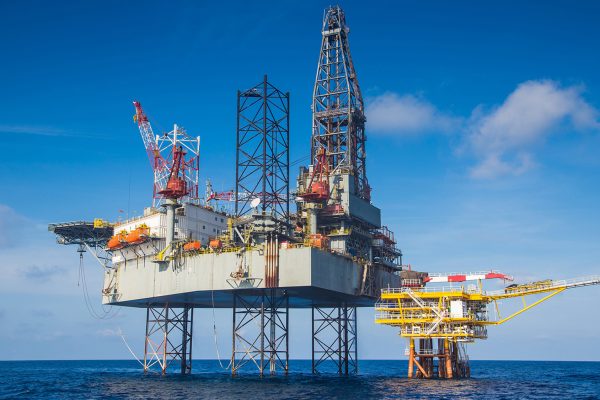
Oil and gas
The purpose of an O-Ring is to form a seal between objects so that fluids can pass smoothly without leaking. topa's O-Rings are used in oil and gas storage and transportation to prevent leaks.
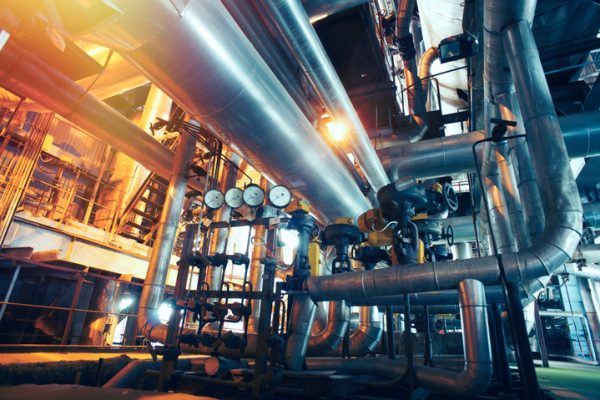
Chemical Industry
Special material O-rings can play a huge role in the chemical industry. These types of O-rings can be used in a number of chemicals and will not be easily corroded or penetrated. These special material O-rings can provide a seal and prevent damage and injury from chemical leaks.
Transportation
Whether transporting gases or liquids, the presence of O-rings prevents damage and injury from leaks. Different types of O-rings can be applied in different types of environments and have different service life.
O-ring quality control
For each Topa product, multiple checks such as manufacturing monitoring, quality testing and packaging inspection are carried out to ensure the quality and level of the product.
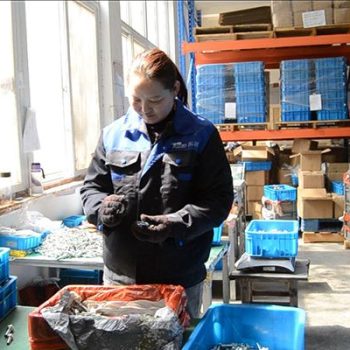
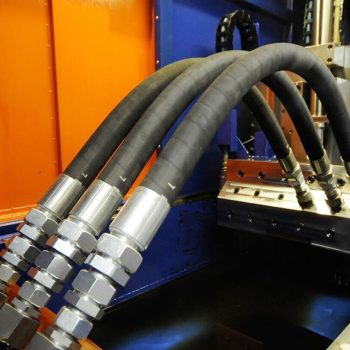
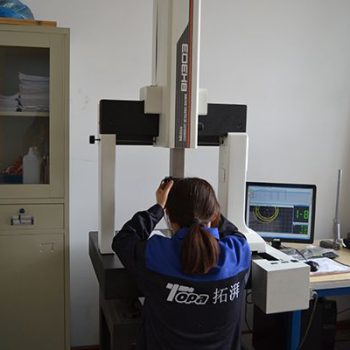
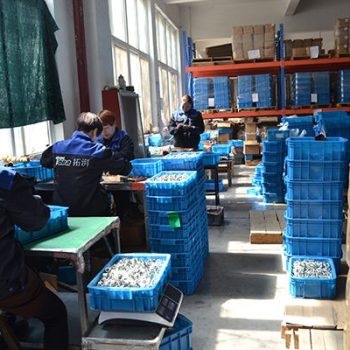
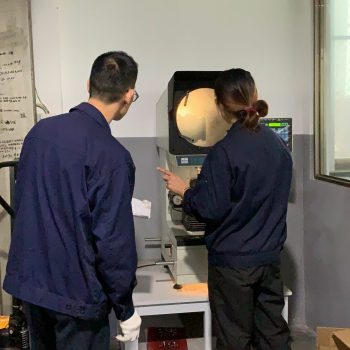
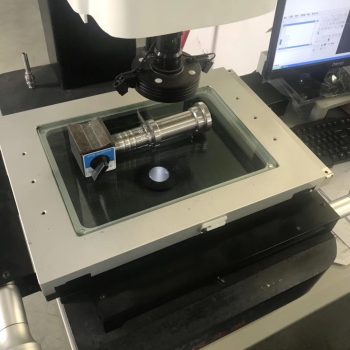
FAQ
What is an O-ring?
O-rings are round seals and they create a mechanical seal between objects to prevent leakage of liquids and gases.
Where are O-rings commonly used?
O-rings can be placed in gas cylinders, pumps, connectors and other appliances for use and form a tight seal. So O-rings can be used in agriculture, industry, oil and gas, food and construction.
What are O-rings made of?
Depending on the environment, pressure and temperature, O-rings are available in the following materials: polyurethane, neoprene, silicone, Buna-N, PTFE, etc.
Which material is best for O-ring?
There is no one “perfect” option for O-rings. Because when selecting O-rings, factors such as temperature, pH, humidity, pressure, quality, and quantity are taken into account, different O-rings have to be adapted to different needs.
What is the difference between seal and O-ring?
A gasket is a general term for a seal used to form a seal on the surface of an object, which exists in different shapes and materials, while an O-ring is a round seal with a certain degree of elasticity.
What are the advantages of O-rings?
O-rings can stop foreign contaminants, can maintain lubrication between objects, are lighter in weight, easy to install and remove, resistant to abrasion, and some materials can be adapted to extreme environments.
What causes an O-ring to leak?
O-rings can leak for several reasons: incorrect installation, wrong size, excessive pressure, chemical corrosion, too high or too low temperature, etc.
How to prevent O-ring leakage?
The following measures can be taken to prevent O-ring leakage: choosing the right size and material; proper installation; choosing the right temperature and pressure; and using the appropriate material for the specific environment.
How long can O-rings last?
O-rings can last for different times under normal conditions of use. Normally, SBR, natural rubber, polyurethane, etc. can last five years; NBR, neoprene, HNBR, etc. can last fifteen years; while silicone, ethylene propylene, fluorocarbon, fluorosilicone, etc. can be used all the time.
Can I get free samples?
If the goods are in stock, we can provide free samples.

